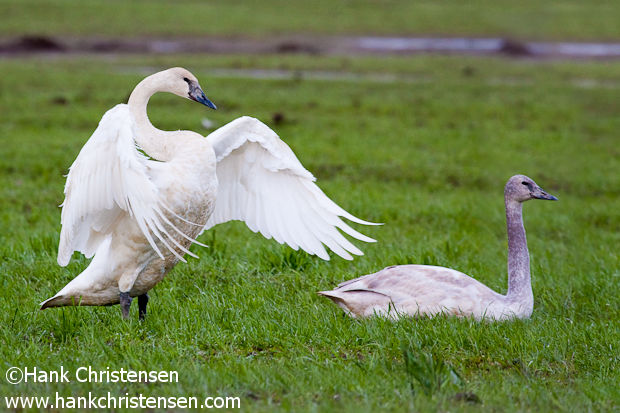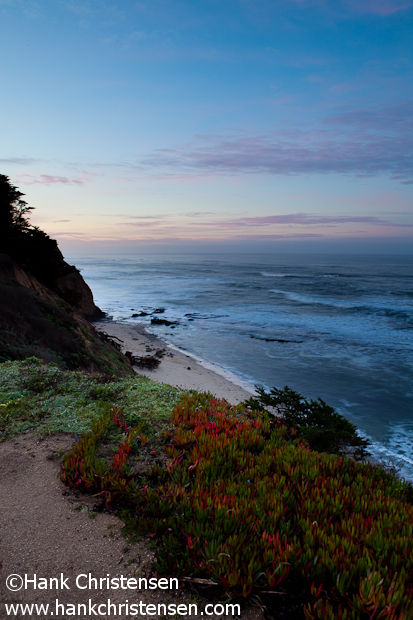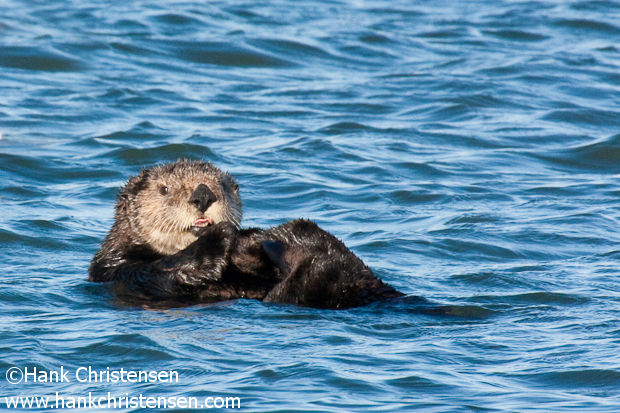
On a recent trip up to Seattle, my wife and I came across a large green field full of resting trumpeter swans on their way up north during spring migration. With around 200 swans, their honking created quite a din.
Reaching a wing span of 8 feet and weighing as much as 30 pounds, these are North America’s largest native bird. Like many large birds, trumpeter swans were hunted close to extinction in the 1920’s, primarily used for their feathers with which to decorate women’s hats. At one point, the world’s known population had fallen to 69 birds. Due to conservation efforts, the species population as grown to about 34,000 birds today.



